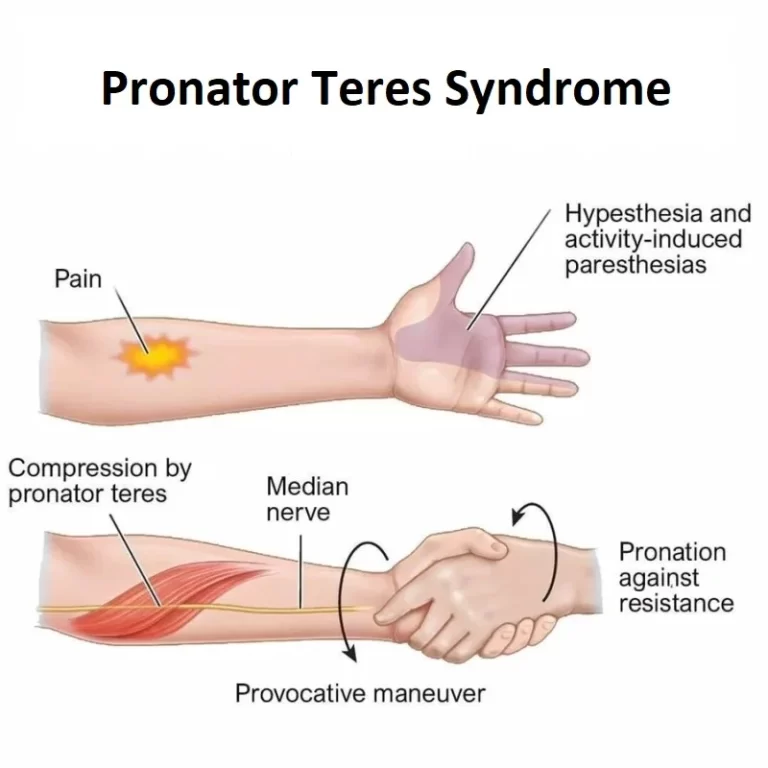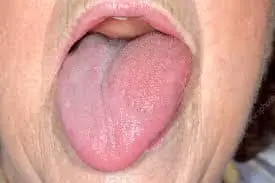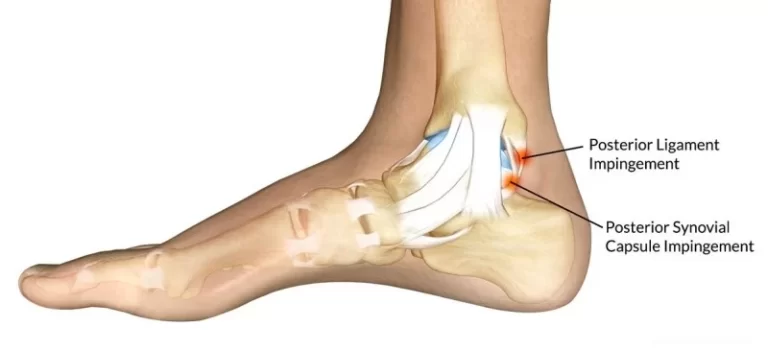CYANOTIC CONGENITAL HEART DISEASE
CYANOTIC CONGENITAL HEART DISEASE
Cyanotic congenital heart disease (CCHD) is a condition present at birth. CYANOTIC CONGENITAL HEART DISEASE causes low levels of oxygen in the blood. A common symptom is a bluish tint to the skin, called cyanosis.
Several birth defects can cause this type of heart disease, including:
issues with the heart valves, which are the flaps in the heart that make sure the blood flows through in the right direction
an interruption in the aorta, which is the largest artery in the body
abnormalities in the large blood vessels leading to or from the heart
In many cases, if only one defect is present, there’s no cyanosis. Often more than one defect is present in CCHD.
Doctors use imaging tests to confirm the presence of defects that lead to CCHD. These include chest X-rays and echocardiograms. Medication can help relieve symptoms of cyanosis. Ultimately, most infants need to have surgery to correct the defects causing the disease. The success of the surgery depends on the severity of the defects.
RISK FACTORS FOR CONGENITAL CYANOTIC HEART DISEASE
In many cases, an infant will be born with this disease in association with a genetic factor. An infant is more at risk for CCHD when there’s a family history of congenital heart diseases. Certain genetic syndromes can be accompanied by defects that cause CCHD. These include:
Down syndrome
Turner syndrome
Marfan’s syndrome
Noonan syndrome
In some instances, outside factors can cause this disease. If a pregnant woman is exposed to toxic chemicals or certain drugs, her infant may have a higher risk of developing heart defects. Infections during pregnancy are also a factor. Poorly controlled gestational diabetes can also lead to a higher risk of the infant developing CCHD.
Defects that cause cyanotic congenital heart disease
Many physical defects in the heart can cause CCHD. Some infants may be born with several defects. Common causes can include:

TETRALOGY OF FALLOT (TOF)
TOF is the most common cause of CCHD. It’s a combination of four different defects. TOF includes:
A hole between the right and left ventricles of the heart
A narrow pulmonary valve
A thickening of the right ventricle muscles
A misplaced aortic valve
The defects lead to blood with and without oxygen getting mixed together and pumped throughout the body.
TRANSPOSITION OF GRAET ARTERIES (TGA)
In infants with TGA, the pulmonary and aortic valves have switched positions with their arteries. This results in low-oxygen blood getting pumped out to the rest of the body through the aorta. This blood should actually go to the lungs through the pulmonary artery.
TRICUSPID ATRESIA
In this type of defect, the tricuspid heart valve has developed abnormally or is missing entirely. This causes disruption to the normal flow of blood. Low-oxygen blood is pumped out to the body as a result.
TOTAL ANOMOLUS PULMONARY VENOUS CONNECTION (TAPVC)
TAPVC occurs when veins that bring high-oxygen blood from the lungs to the heart are connected to the right atrium. The veins should be connected to the left atrium. This defect may also be accompanied by a blockage in these veins between the lungs and the heart.
SYMPTOMS
The classic symptom of CCHD is cyanosis, or the blue coloring of the skin. This often occurs in the lips, toes, or fingers. Another common symptom is difficulty breathing, especially after physical activity.
Some children also experience spells during which their oxygen levels are very low. As a result, they get anxious, exhibit blue skin, and may hyperventilate.
Other symptoms of CCHD depend on the exact physical defect:
SYMPTOMS OF TOF
Low birth weight
Cyanosis
Poor feeding
Clubbed, or rounded, large fingers
Delayed growth
Rapid breathing
SYMPTOMS OF TGA
Rapid heartbeat
Rapid breathing
Slow weight gain
Heavy sweating
SYMPTOMS OF TRICUSPID ATRESIA
Cyanosis
Tiredness
Shortness of breath
Difficulty feeding
Heavy sweating
Slow growth
Chronic respiratory infections
SYMPTOMS TAPVC WITHOUT A BLOCKAGE
Shortness of breath
Chronic respiratory infections
Slow growth
TAPVC WITH BLOCKAGE
Cyanosis
Rapid heartbeat
Rapid breathing
Breathing difficulty, becoming very severe with time
DIAGNOSIS
Symptoms such as cyanosis, rapid heartbeat, and abnormal heart sounds can lead your child’s doctor to suspect heart defects are present. The observation of symptoms isn’t enough to make a diagnosis, though. To understand which defects are present, your child’s doctor will use tests to confirm a diagnosis.
A chest X-ray can show the outline of the heart and the location of several of the arteries and veins. To get another image of the heart, your child’s doctor may order an echocardiogram. This is an ultrasound of the heart. This test gives more details than an X-ray image.
A cardiac catheterization is a more invasive test that’s often needed to investigate the interior of the heart. This test involves moving a small tube, or a catheter, into the heart from the groin or the arm.
TREATMENT OF CYANOTIC CONGENITAL HEART DISEASE
Treatment for CCHD may or may not be necessary depending on the severity of symptoms. In many cases, surgery to correct the physical defects in the heart is eventually necessary.
When the defect is very dangerous, surgery may need to be performed soon after birth. In other instances, the surgery can be delayed until the child is older. Sometimes, more than one surgery is needed.
If surgery is delayed, a child may be given medications to treat the disease. Medications can help:
Eliminate extra fluids from the body
Get the heart pumping better
Keep blood vessels open
Regulate abnormal heart rhythms
OUTLOOK FOR CYANOTIC CONGENITAL HEART DISEASE
The outlook for children with CCHD varies based on the severity of the underlying defects. In mild cases, the child may be able to live a normal lifestyle with minimal medications or other treatments.
More severe cases will need surgery. Your child’s doctor will work with you toward the best treatment for your child. They can discuss your child’s particular outlook with you and if any further procedures are needed.






2 Comments